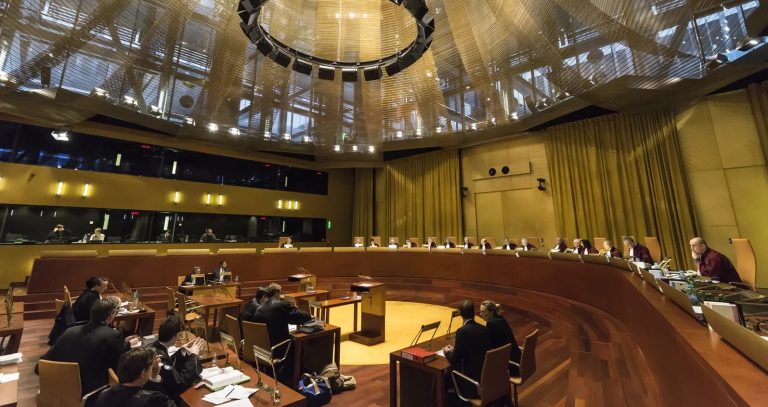Poland’s election in charts | Notes From Poland

By Alicja Ptak
Poles will vote in parliamentary elections this week after a campaign that has become above all a clash between the two main parties – the ruling national-conservative Law and Justice (PiS) and centrist Civic Coalition (PO) – and their respective leaders, Jarosław Kaczyński and Donald Tusk.
The duo are, according to current polling, set to win around two thirds of all votes between them, with PiS leading at around 34% and Civic Coalition (KO) – a grouping dominated by PO – at about 29%.
The two parties have alternated power with one another for the last 18 years: PiS led an unstable coalition from 2005-7; PO riled with junior partner the Polish People’s Party (PSL) from 2007-15; and PiS returned to power with smaller allies in 2015. During that period Kaczyński and Tusk have been Poland’s dominant political figures.
Voters going to the polls on 15 October will therefore in many regards be issuing a verdict on the track records of the two parties and their leaders. To get a perspective on that period, we have prepared 21 charts measuring Poland’s economic, social, cultural and democratic progress.
It’s the economy, stupid
Opinion polls show that the foremost issues for Poles in deciding how they will vote are economic ones. Poland’s economy has developed rapidly in recent decades, particularly since entering the European Union in 2004.
Indeed, it has already overtaken a number of “old” EU countries on certain measures: its GDP per capita in terms of purchasing power parity (PPP) surpassed Portugal’s in 2021 and last year it overtook Spain in Eurostat’s measure of households’ material wealth.
However, a central argument used by PiS has been that the benefits of this long-term economic growth were not being shared equally enough. It came to power in 2015 on the back of a pledge to increase social support for and boost the earnings of “normal Poles”.
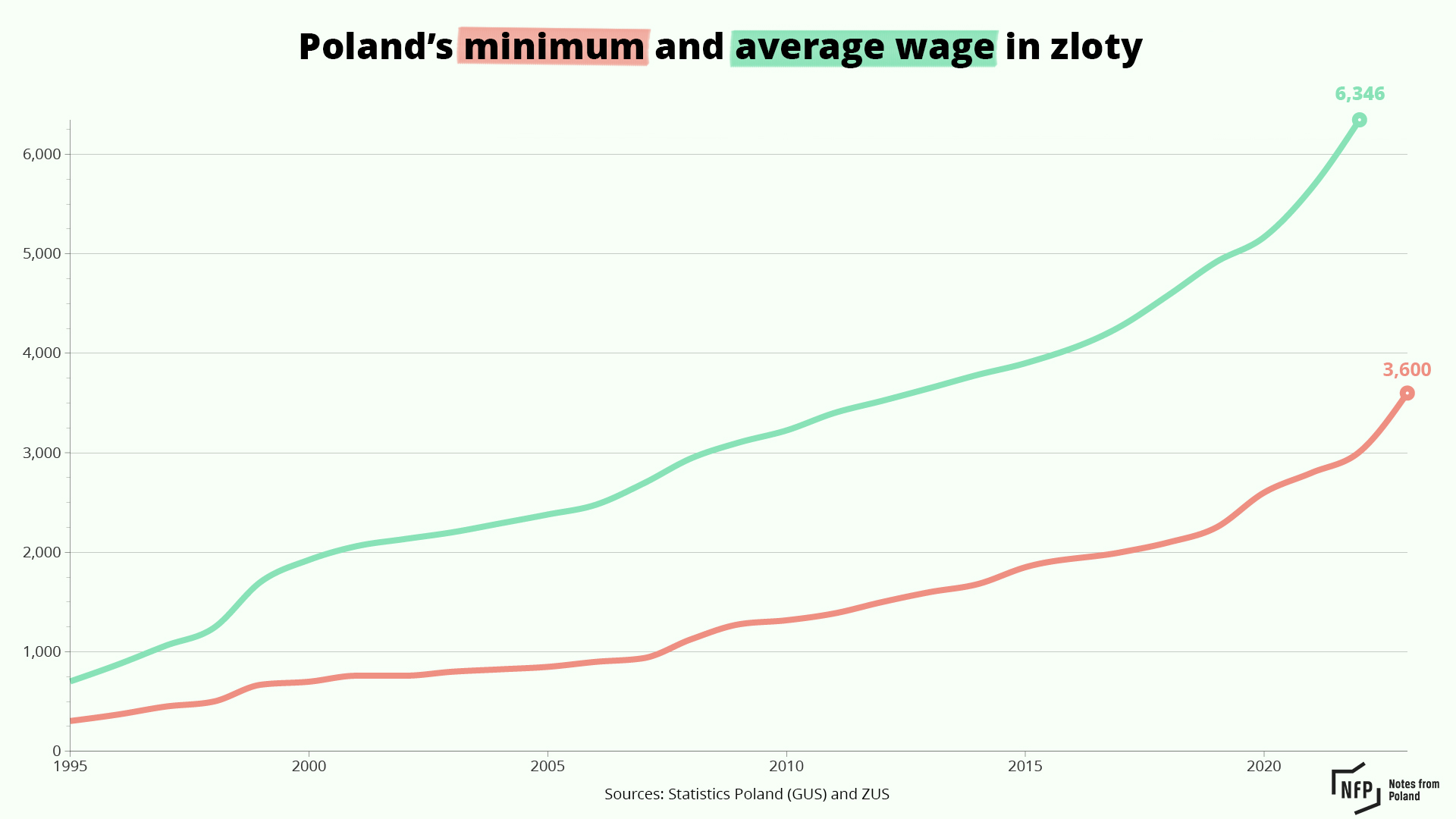
Poland has also seen a long-term decline in poverty, with the chart below showing the proportion of society classified as living in relative poverty (meaning household expenditure less than 50% of the average), statutory poverty (meaning household members qualify for social aid) and extreme poverty (meaning household expenditure is at a level deemed to engender health).
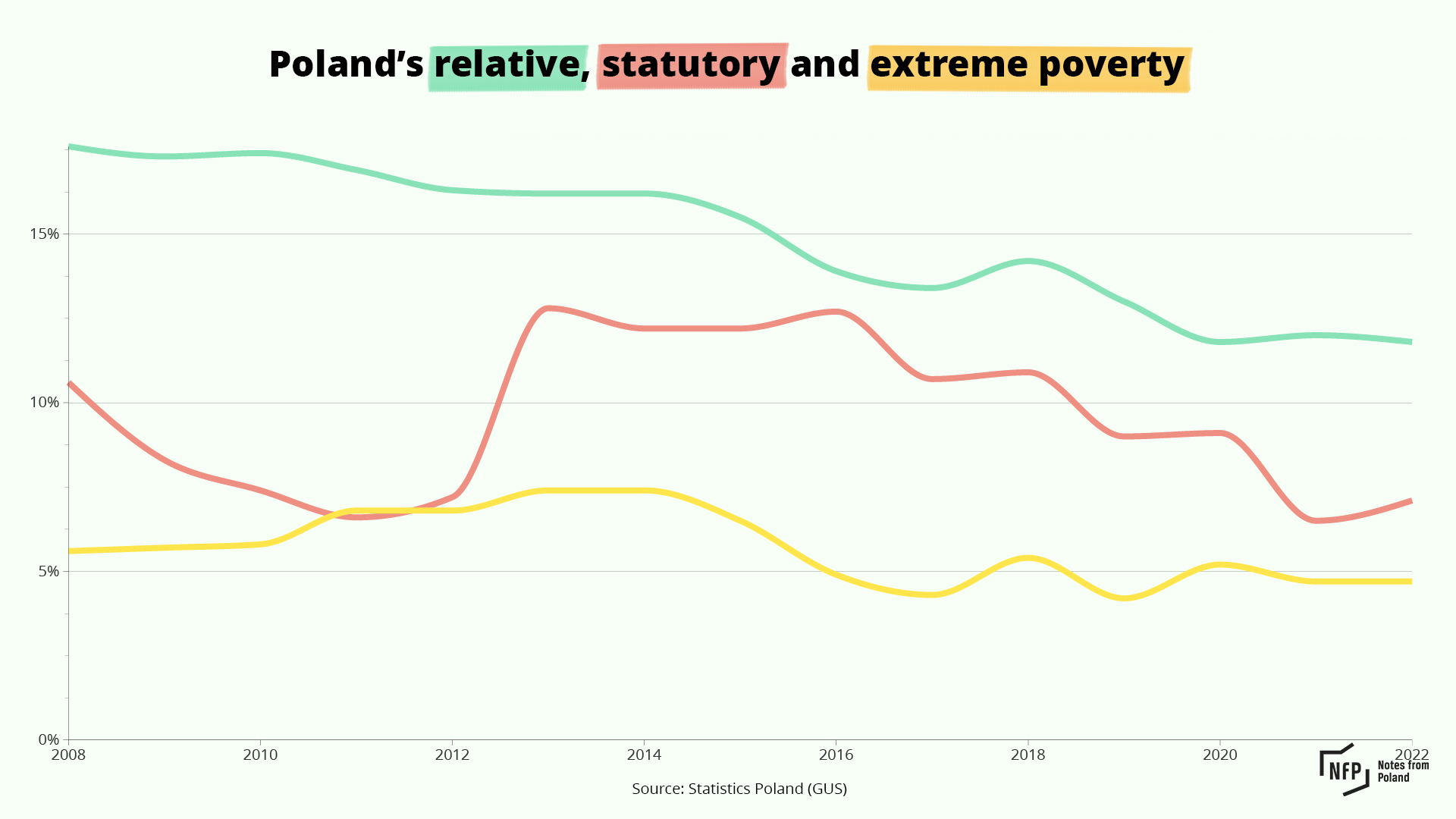
Amid Poland’s growing wealth, the country has also suffered a housing shortage, with estimates suggesting that the country lacks as many as 1.5 to 2 million dwellings. However, recent years have seen a rise in the number of new housing units completed.
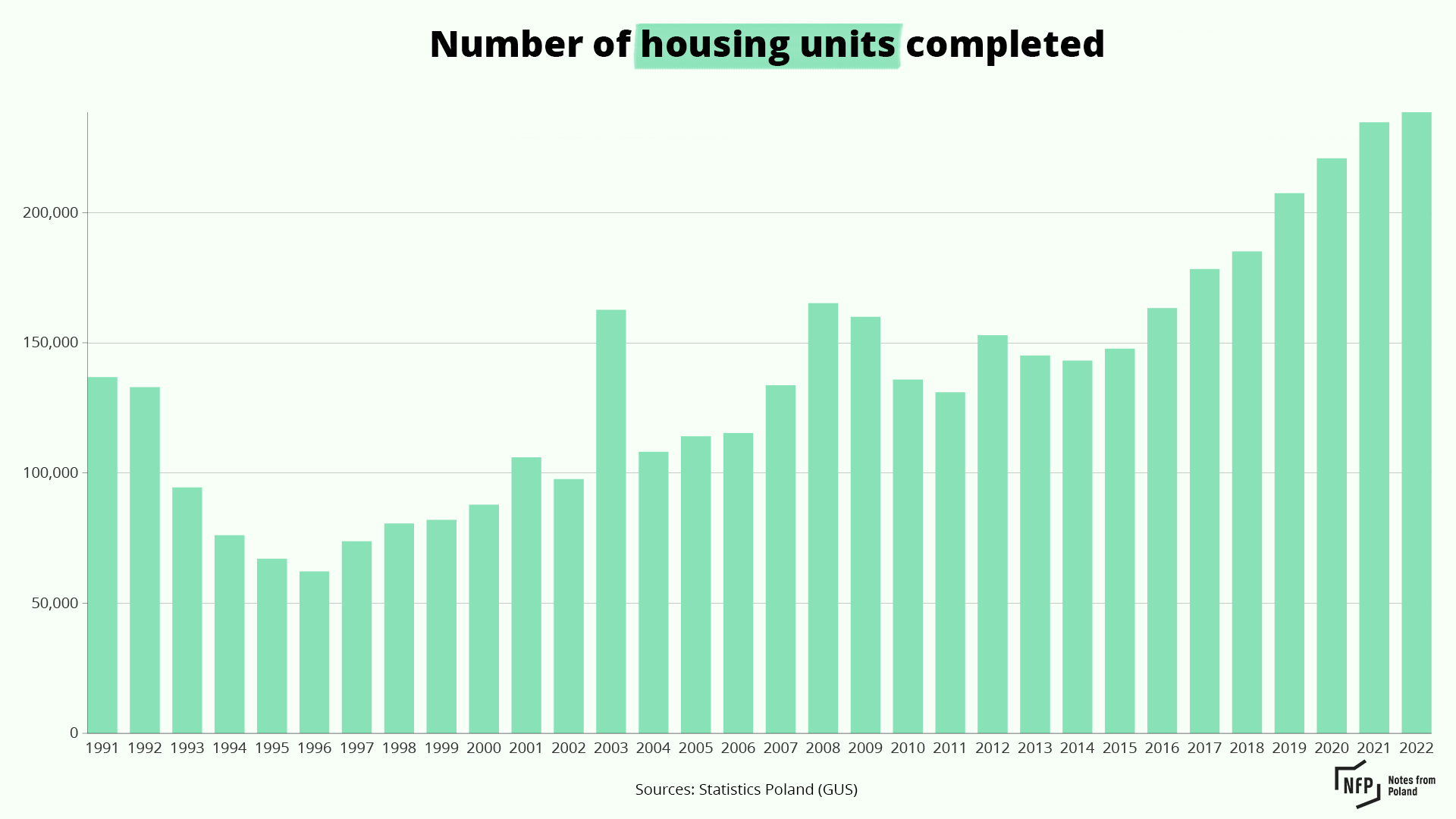
Although Poles have seen their wages rise over the past two decades, pensioners have lagged behind. In 2002, for example, the minimum pension was 70% of the lowest salary; by this year, that ratio had fallen to just over 44%.
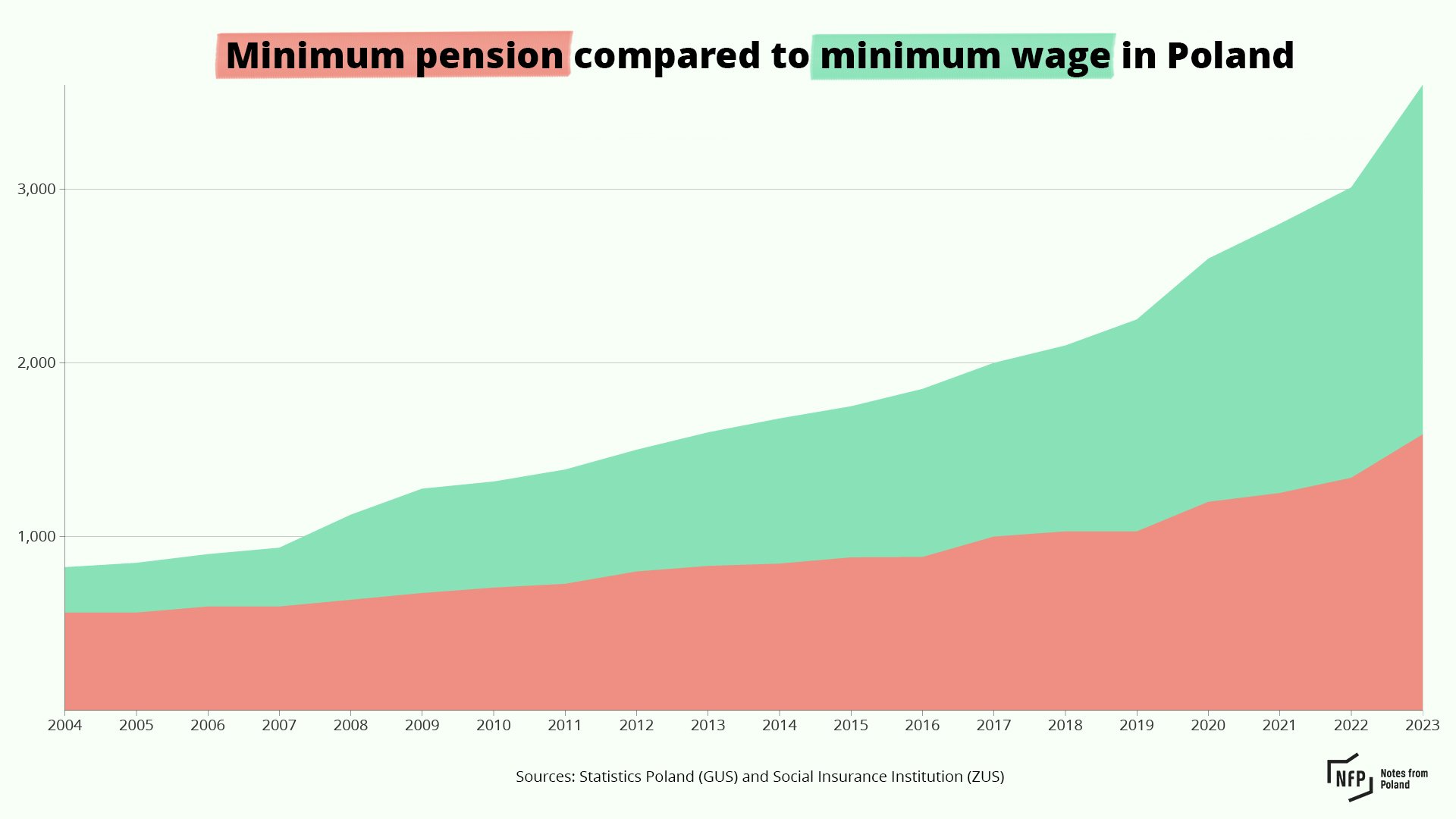
At the same time, the number of retirees receiving less than the minimum pension has increased significantly in recent years. These are people who have not worked a sufficient number of years or made sufficient contributions to qualify for the statutory minimum.
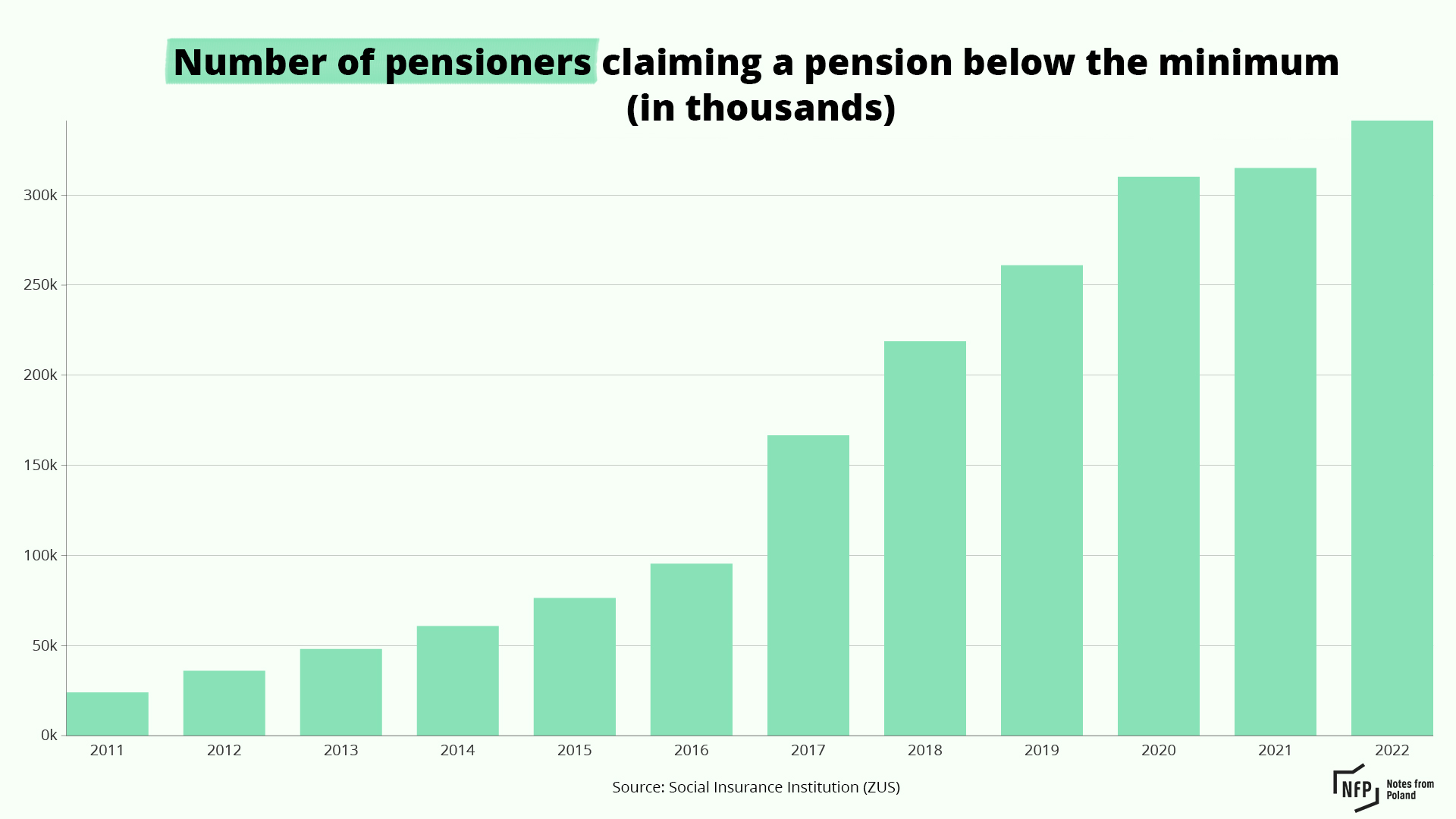
Rising wages and benefits in the last two years have also come in the context of soaring inflation, which earlier this year reached its highest level – 18.4% -in the 21st century.
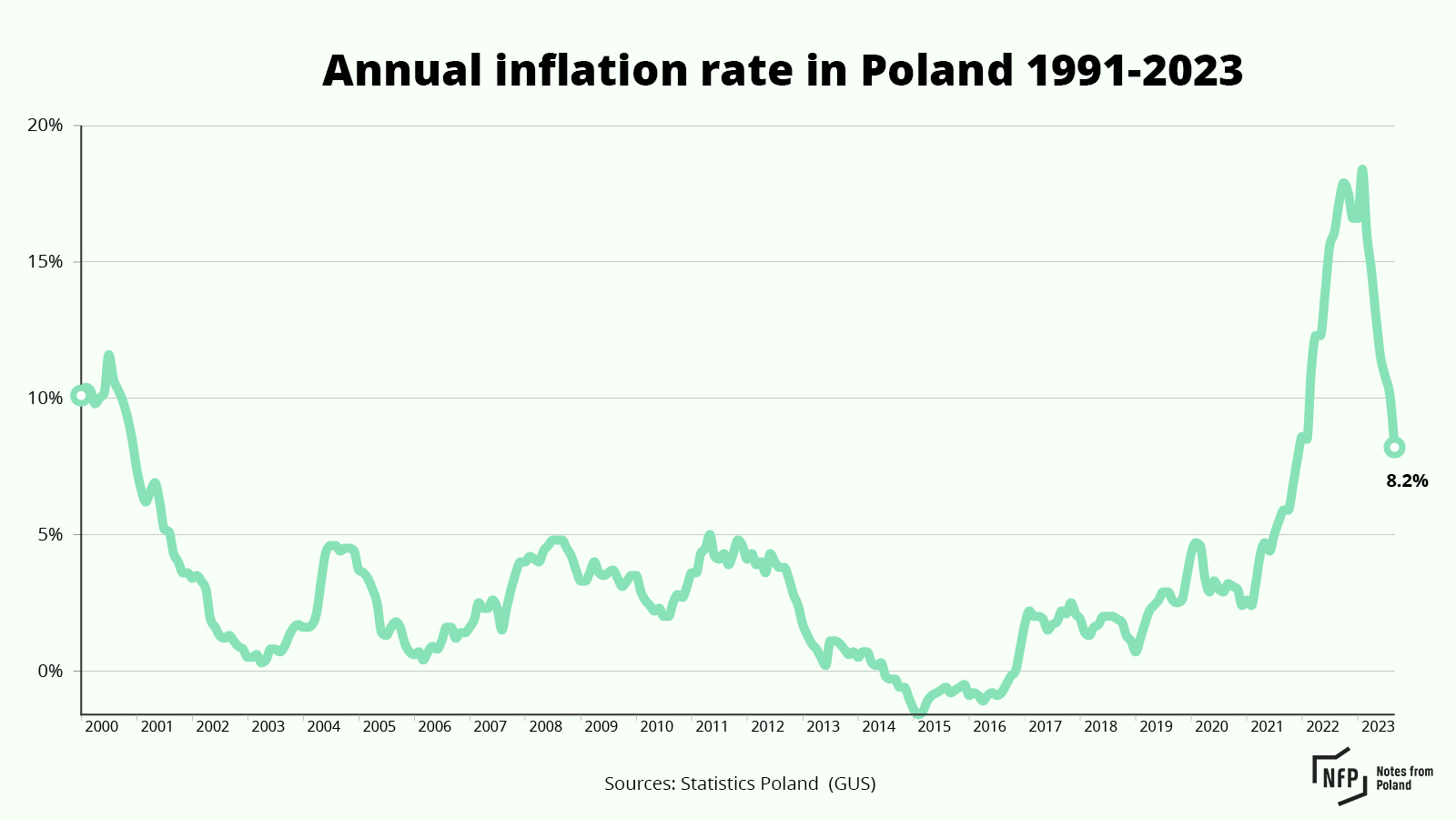
As well as growing wages, unemployment in Poland has fallen to its lowest level since the post-communist transition of the early 1990s. Indeed, as the Polish economy has grown, it has faced an entirely different problem – a shortage of workers.
That has led to a record wave of immigration to Poland in recent years, with the country issuing the most first residence permits to immigrants from outside the EU among all member states for six years running. The majority of those arriving have been Ukrainians and there has also been a spike in the number of Belarusians since 2020.
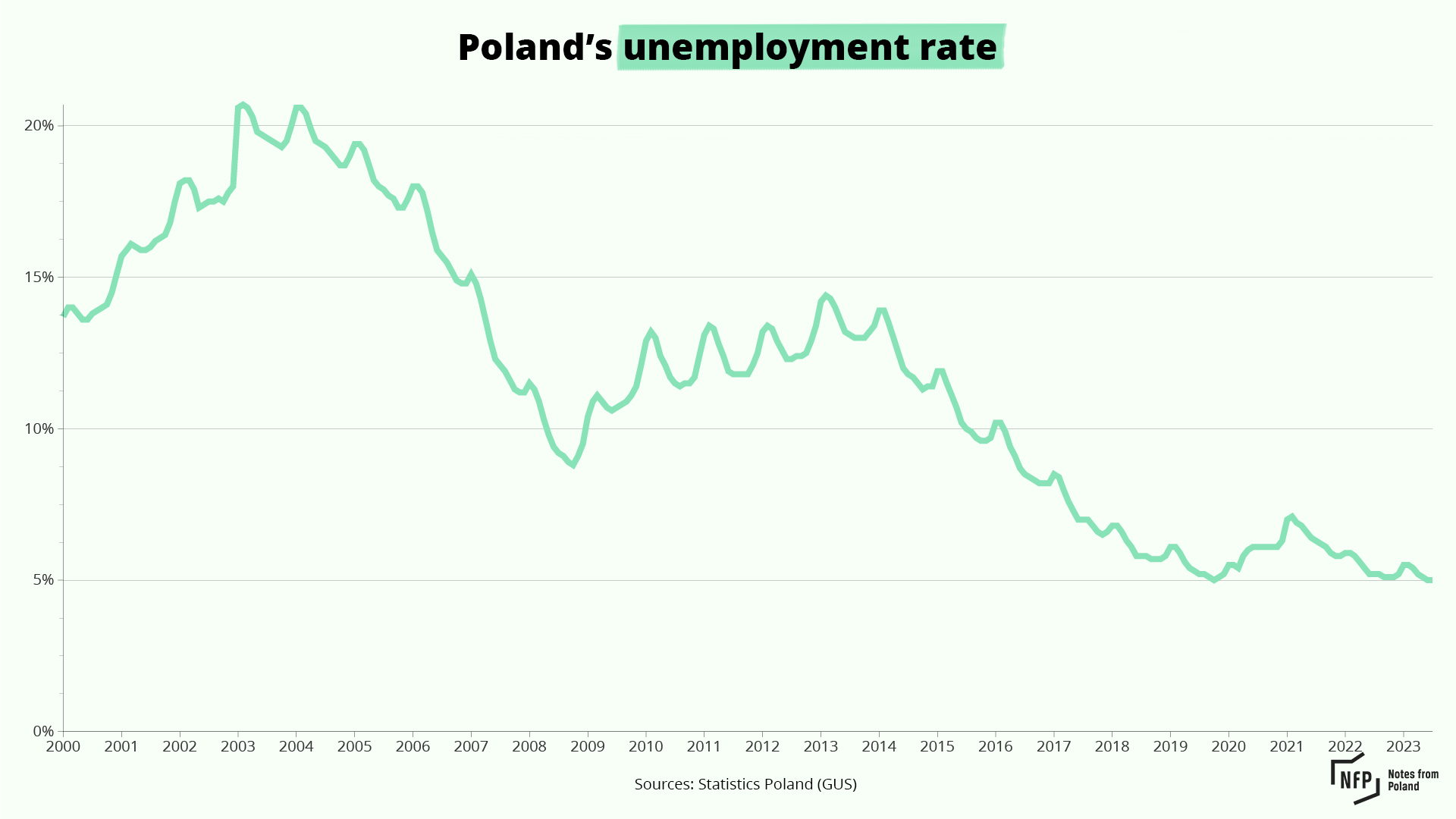
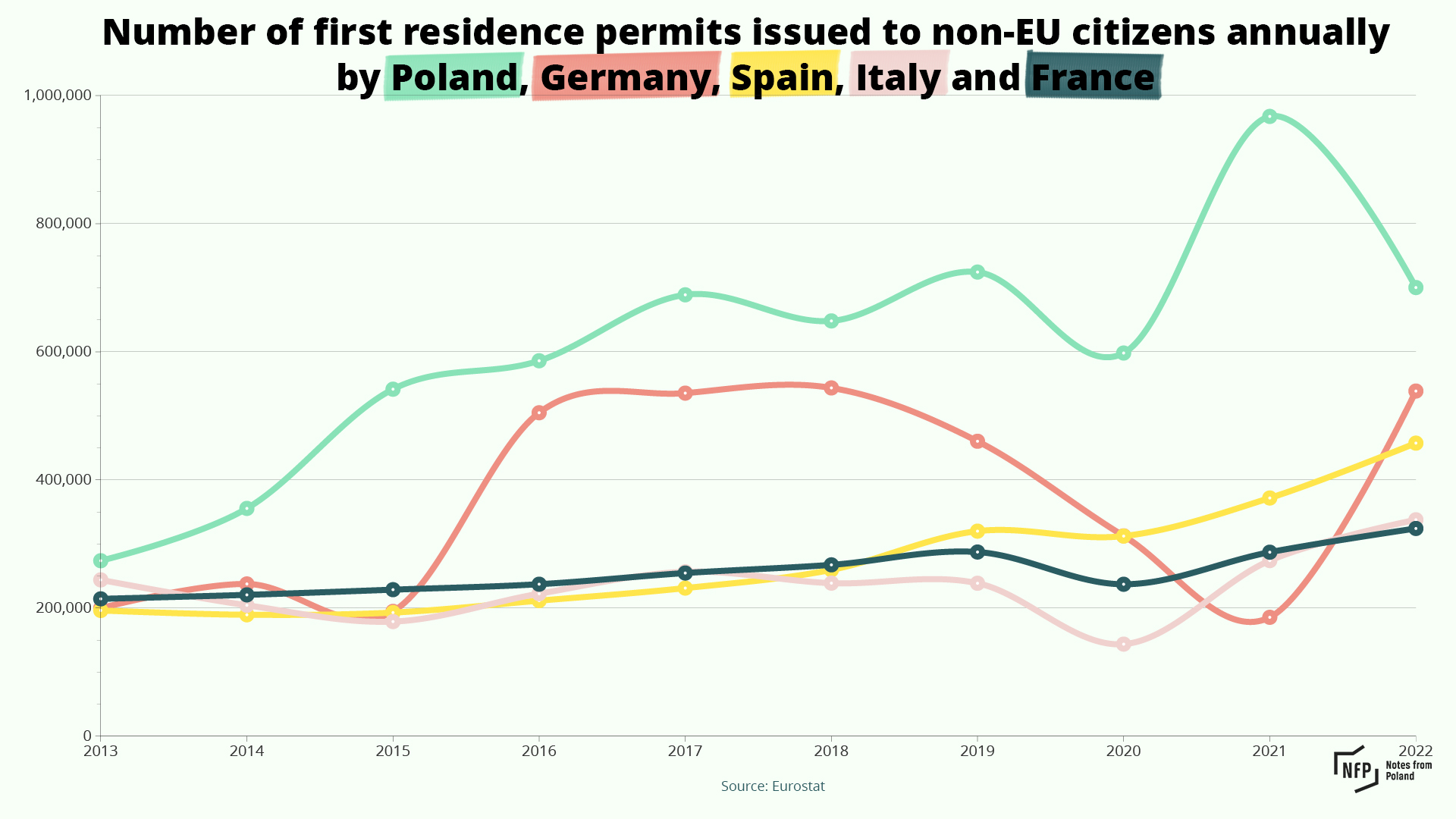
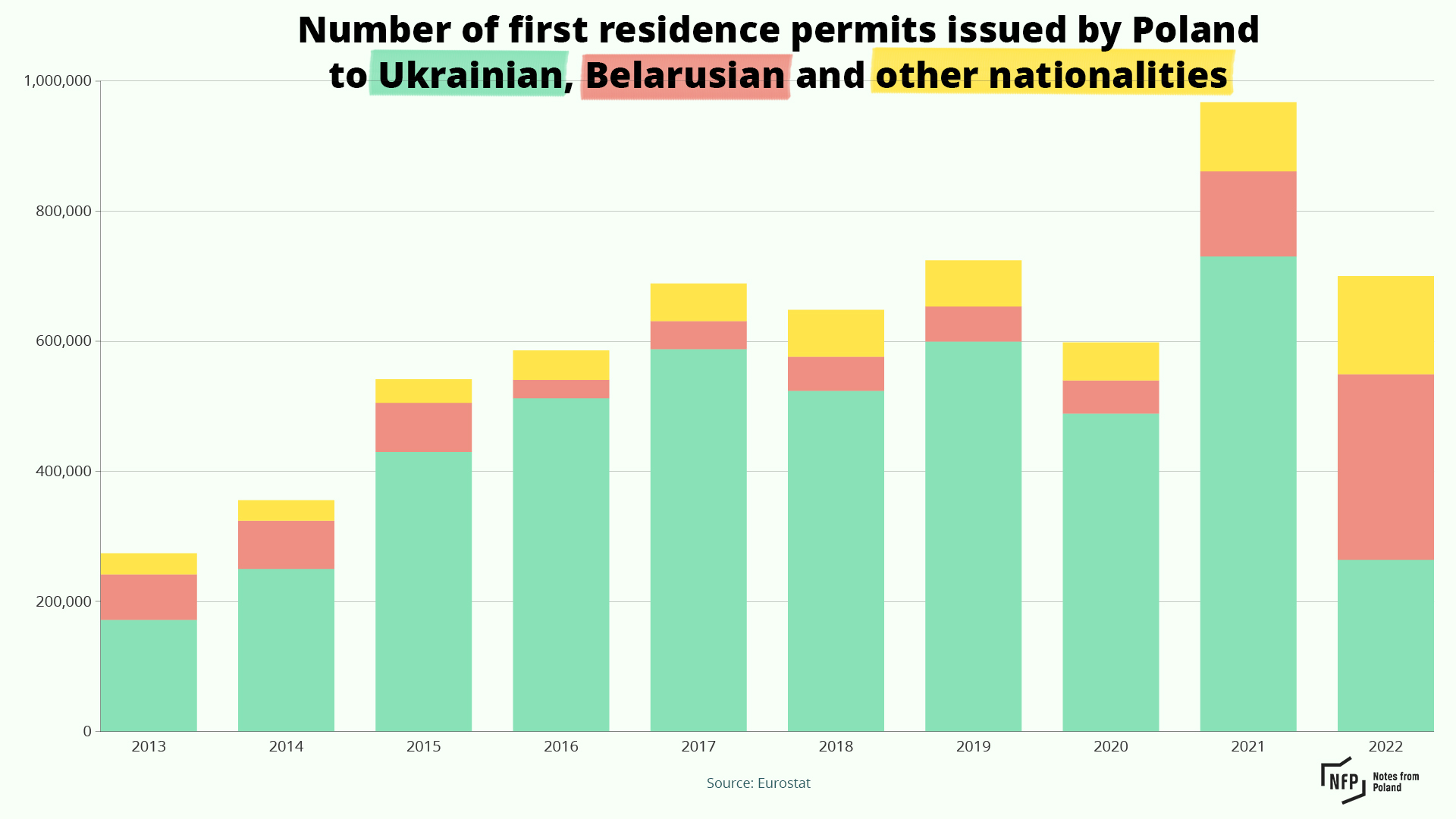
Poles becoming more socially liberal under a conservative government
During the eight years of its rule, PiS has promoted a conservative social agenda, most notably through a vociferous campaign against what it calls “LGBT ideology” and through support for a near-total ban on abortion. But opinion polls indicate that Polish society as a whole is becoming more socially liberal.
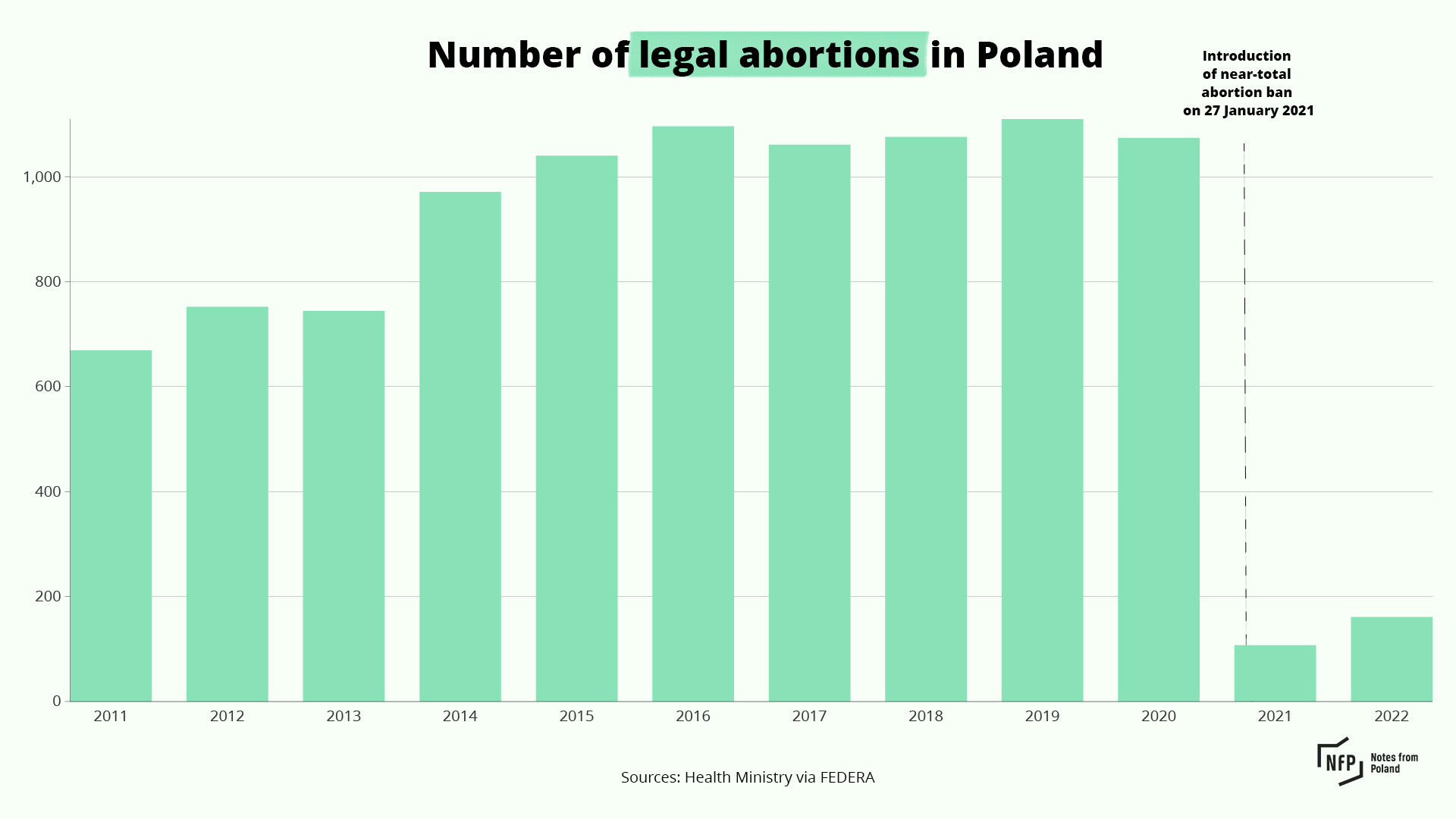
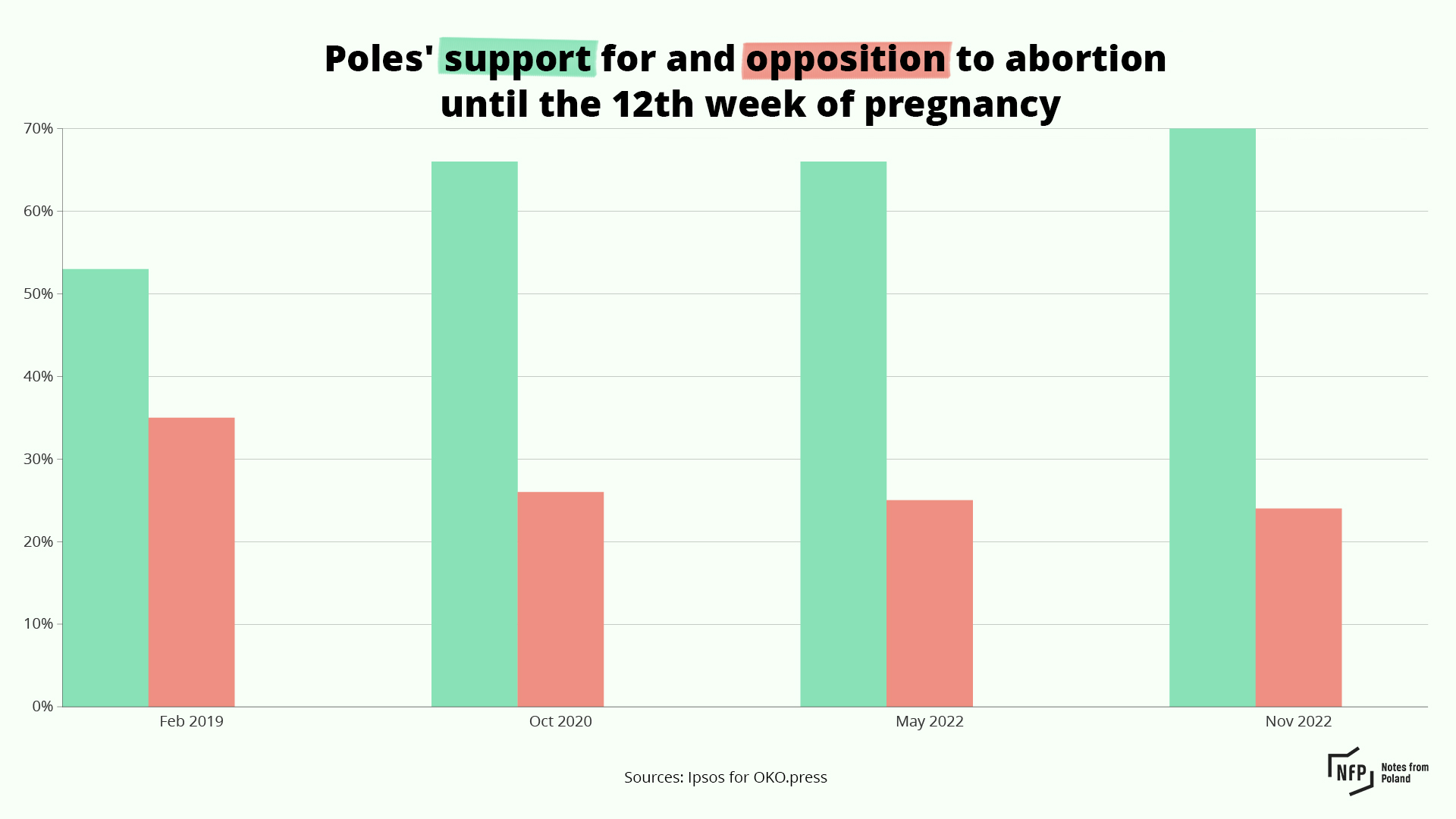

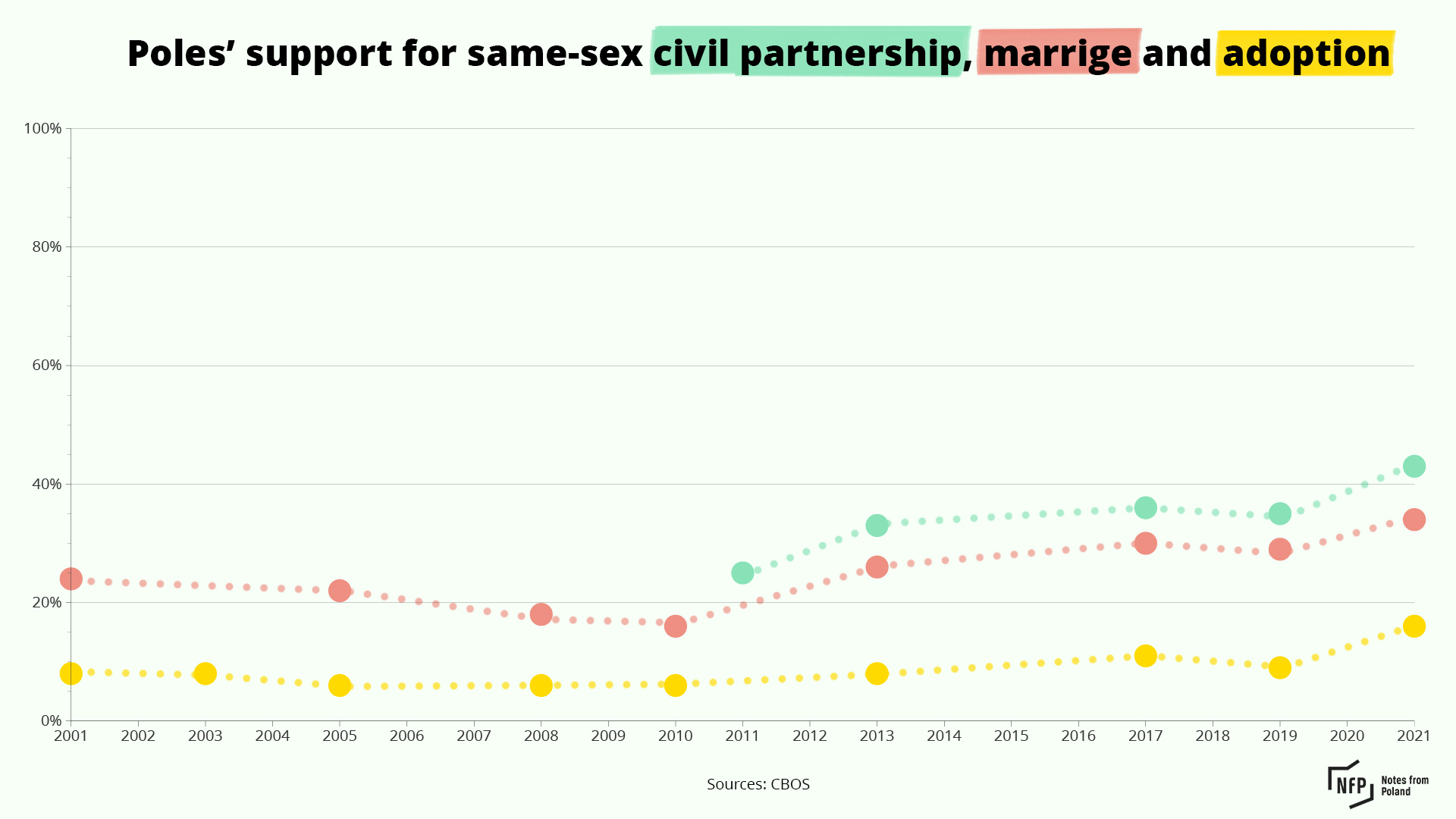
Meanwhile, although PiS has enjoyed close relations with the church and called for Catholicism to play a central part in public life, data show growing negative sentiment towards and declining attachment to the church among Poles.
The most recent census data also point to a sharp decline in the proportion of people in Poland identifying as Roman Catholics, which fell from 88% to 71% between 2011 and 2021.
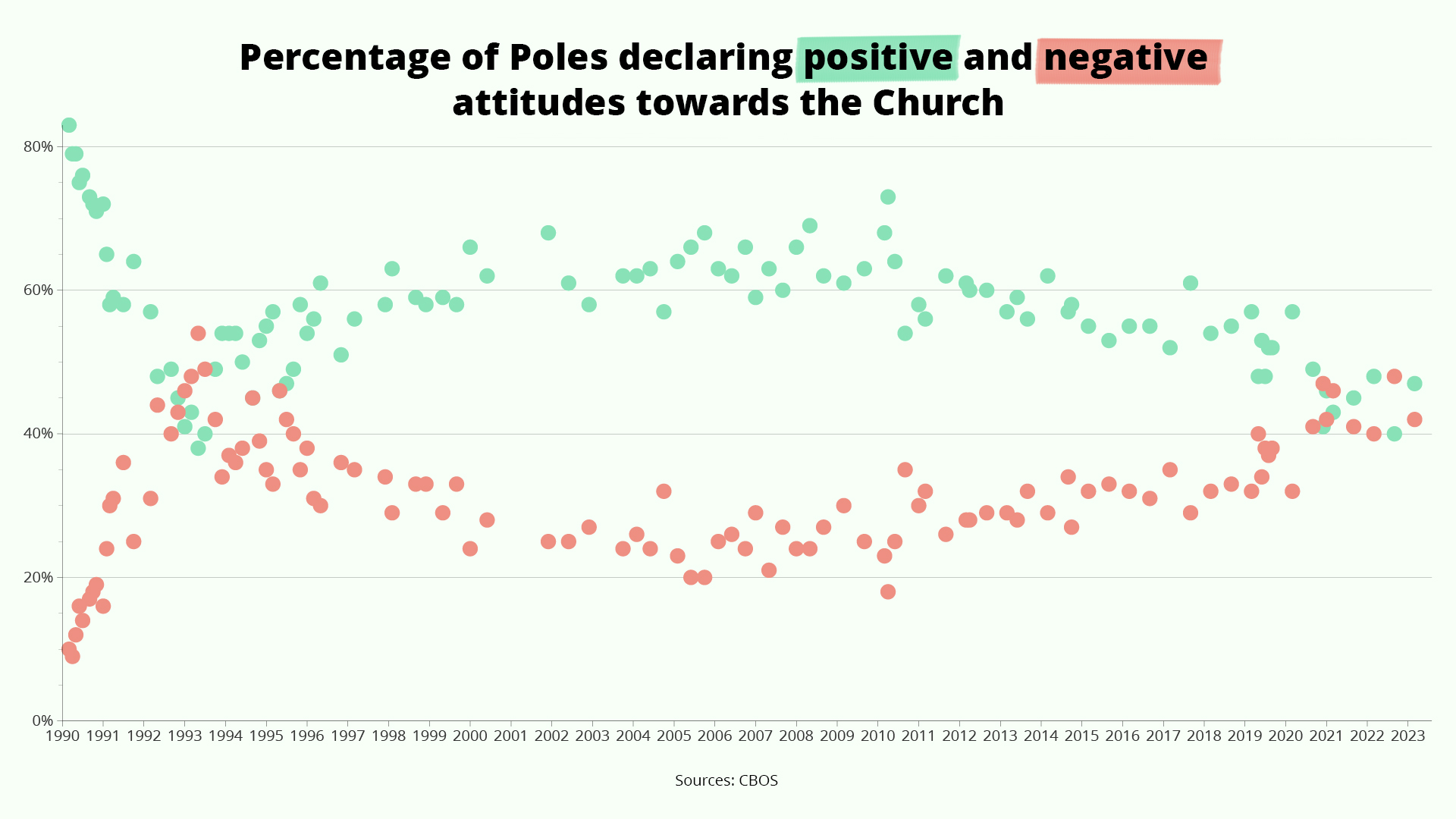
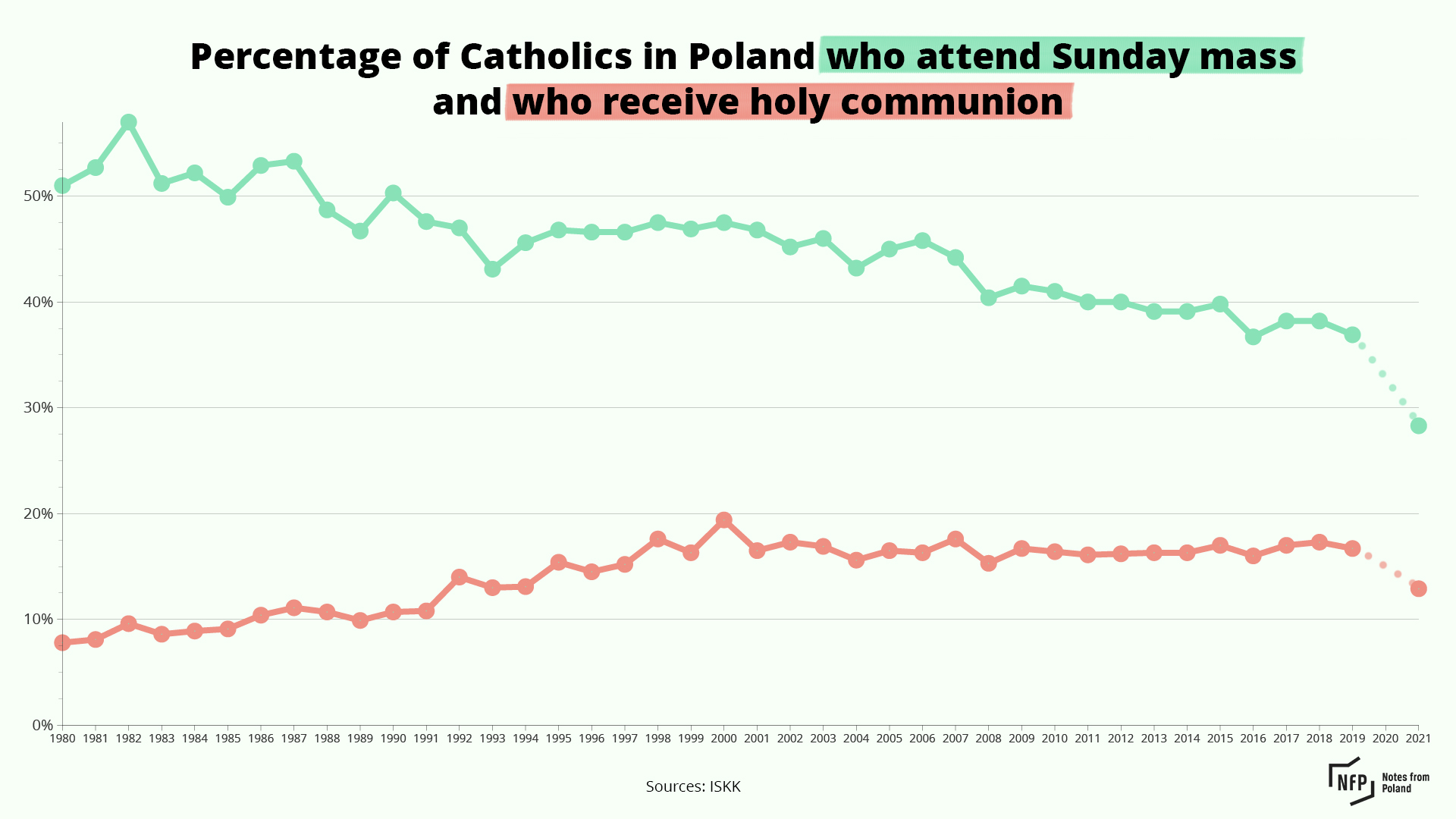
Rule of law and media freedom
During its time in power, PiS has undertaken a radical overhaul of the judiciary, arguing that it needed to purge “post-communists” from the system and improve the efficiency of the courts.
However, the opposition, experts and, according to polls, a majority of the public regard the government’s judicial reforms as an attempt to increase its control over the courts. Since 2015, Poland has fallen significantly in a wide range of international indexes measuring democracy, the rule of law and human rights.
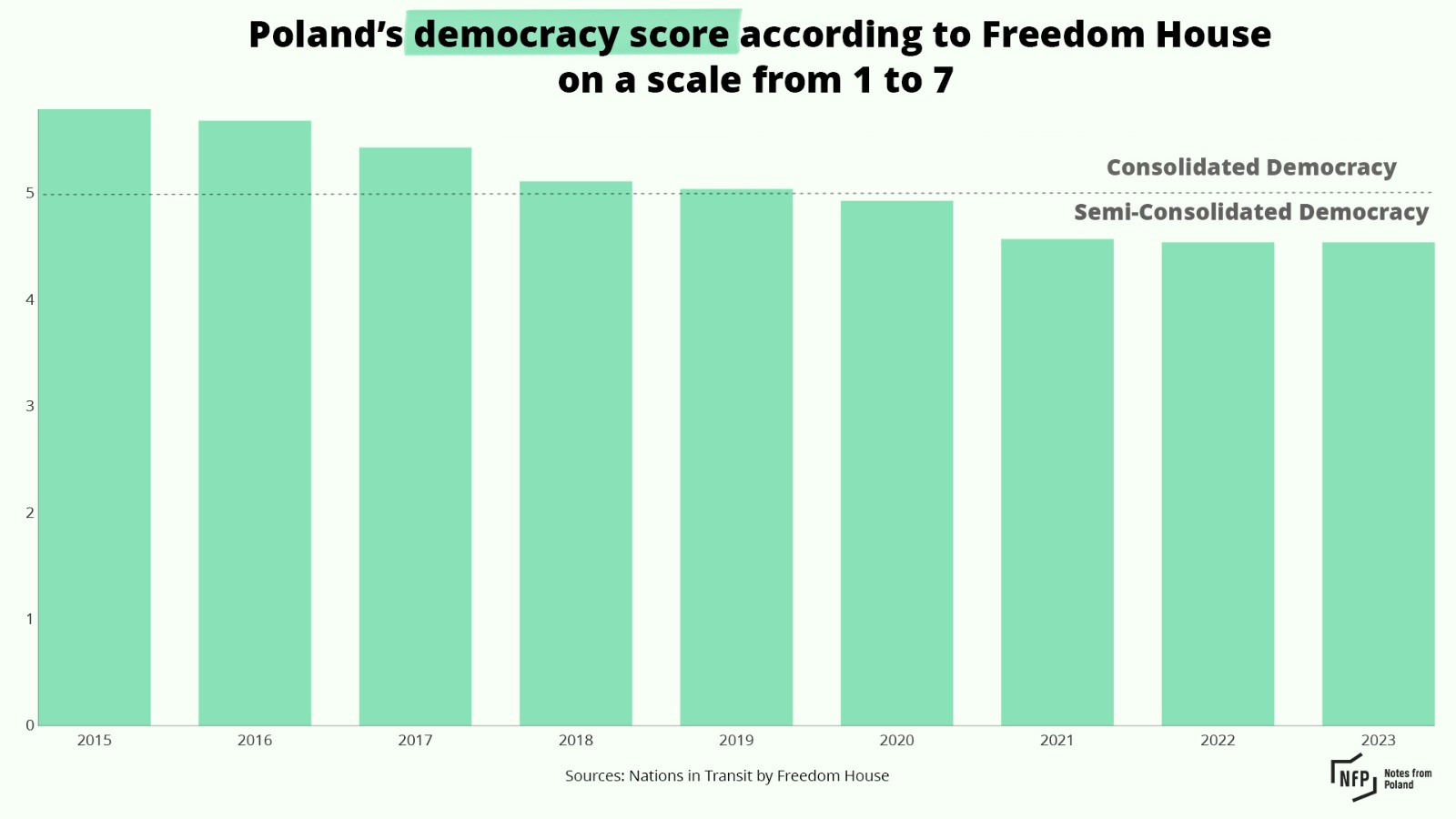
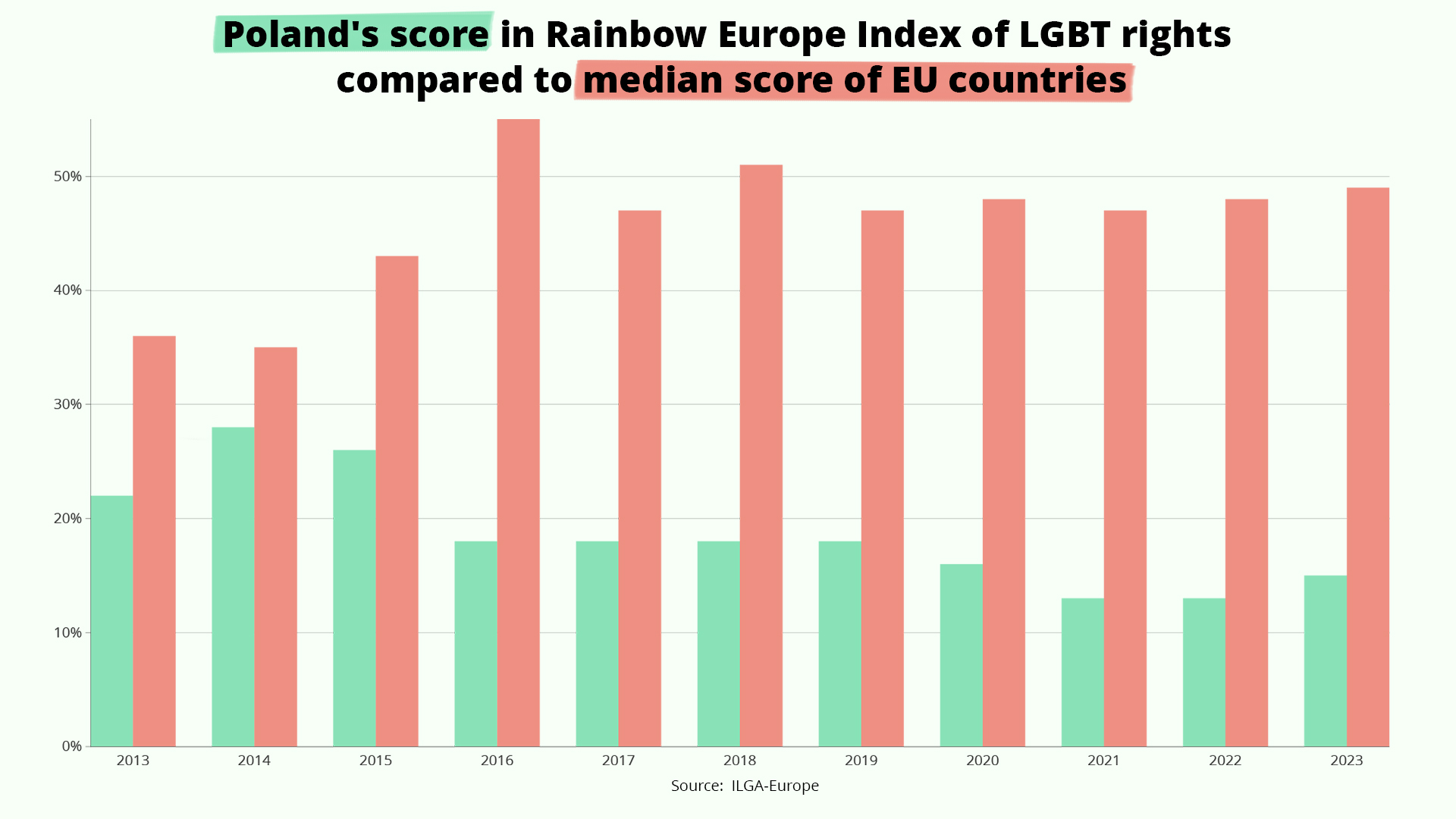
Although PiS has argued that judicial reforms are necessary to improve the functioning of the judiciary, data show that the average length of court proceedings has increased during its time in power.
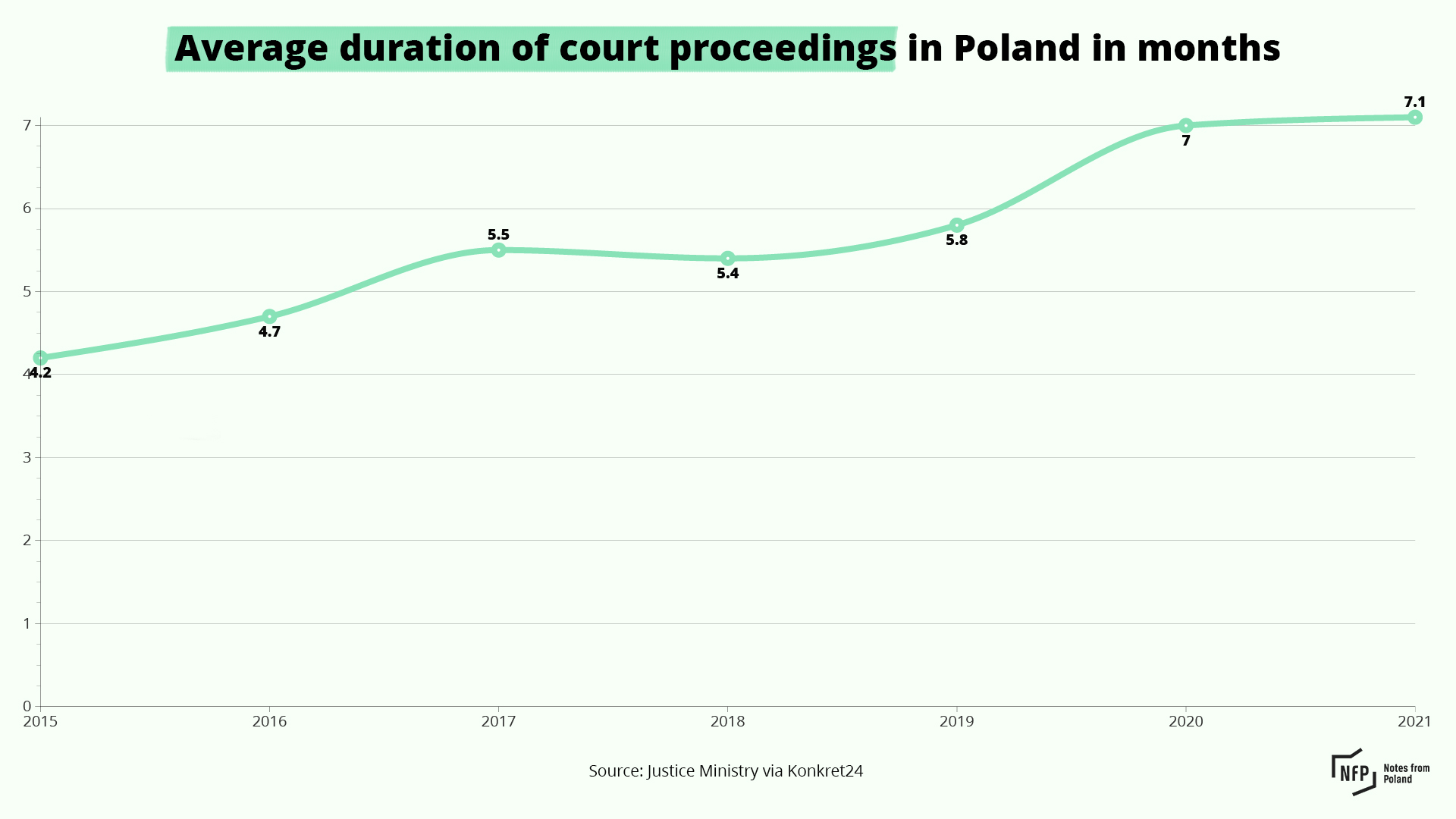
Meanwhile, under PiS’s rule public media have been brought under government influence and hundreds of local media outlets were purchased by state energy giant Orlen.
Such developments, as well as pressures faced by private media outlets, have seen Poland decline in international indexes of media freedom. Public confidence in state media has also sunk to its lowest ever levels.
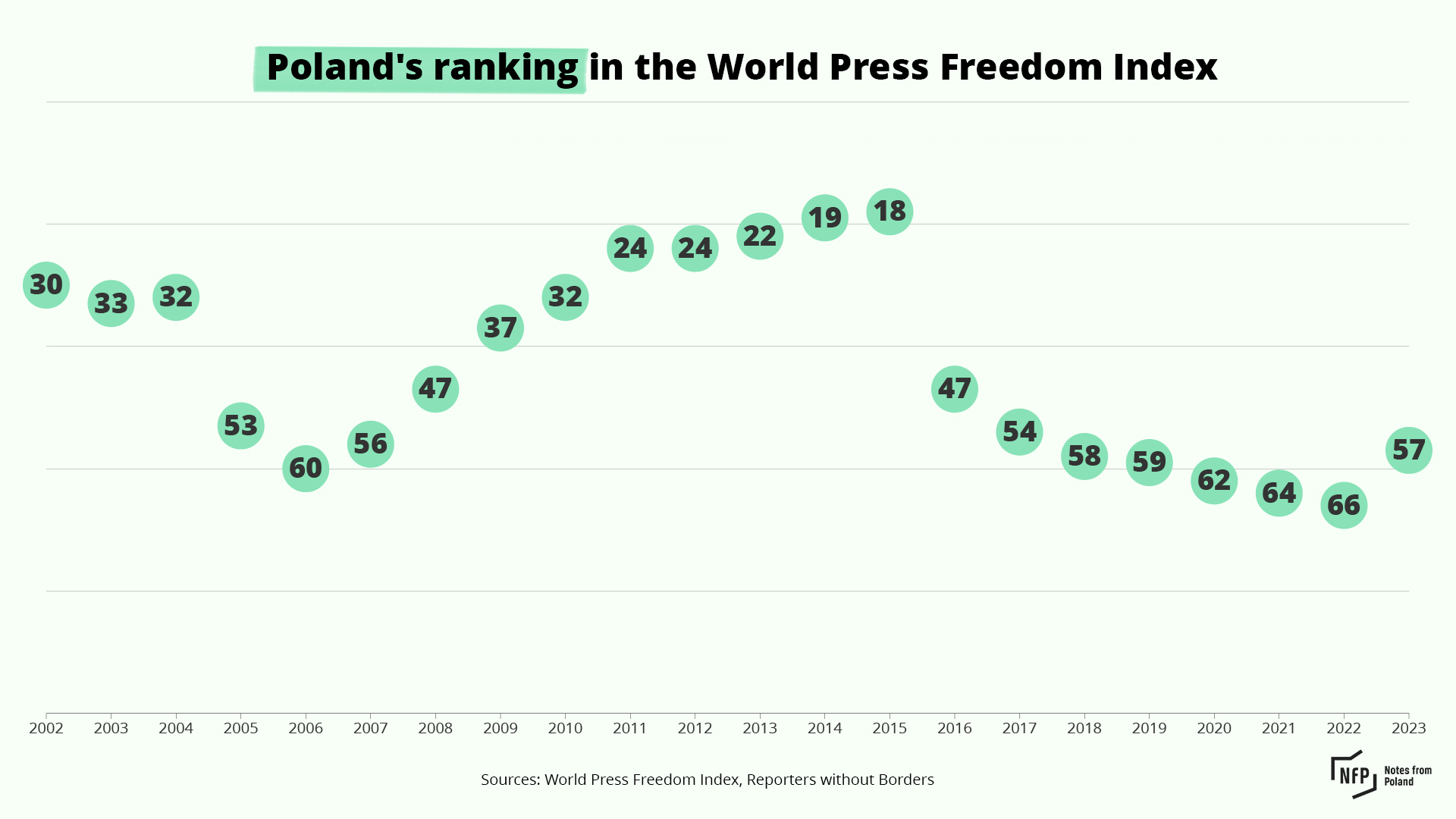
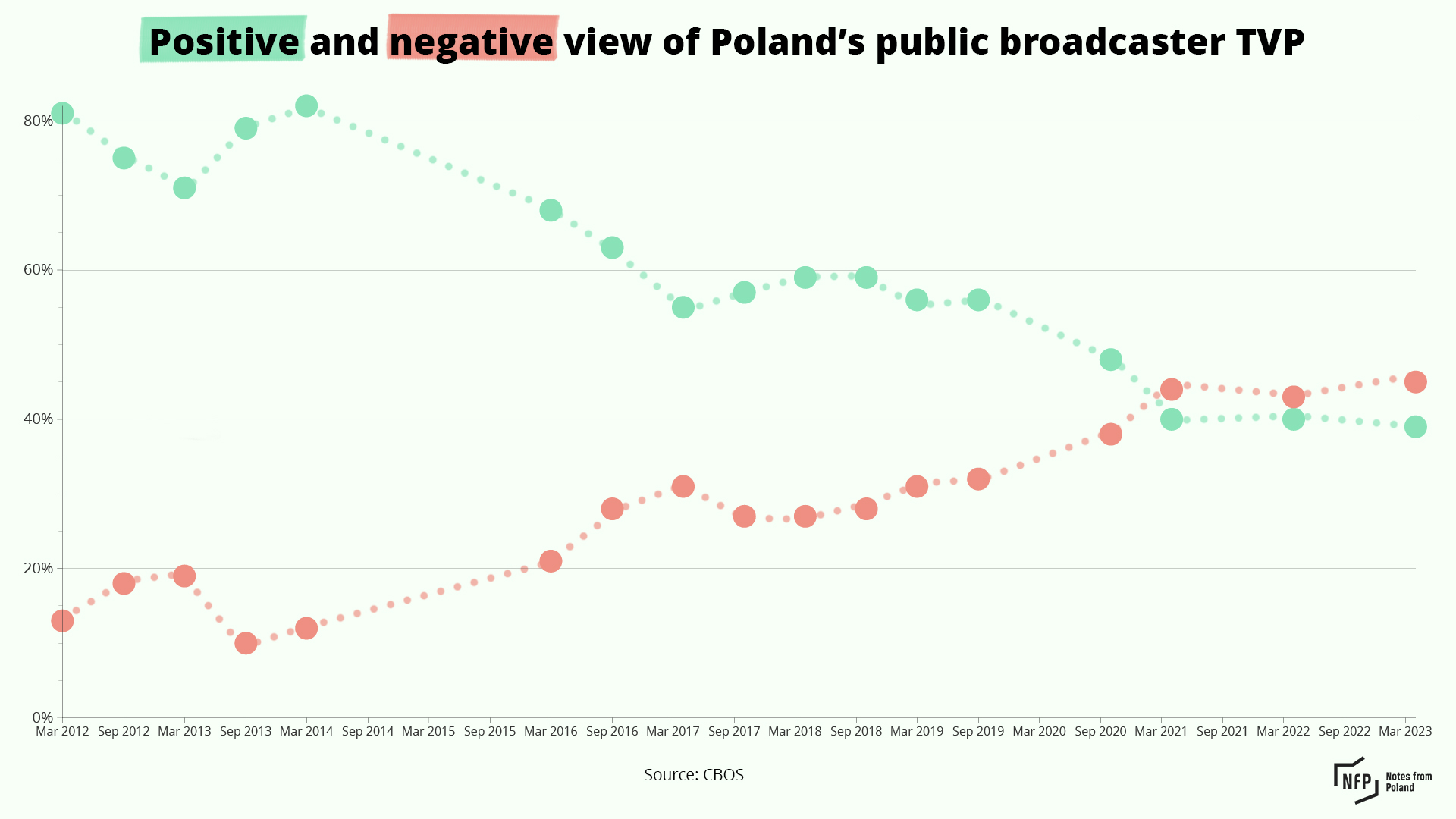

Notes from Poland is run by a small editorial team and published by an independent, non-profit foundation that is funded through donations from our readers. We cannot do what we do without your support.
Main image credit: Jakub Wlodek / Agencja Wyborcza.pl

Alicja Ptak is senior editor at Notes from Poland and a multimedia journalist. She previously worked for Reuters.






